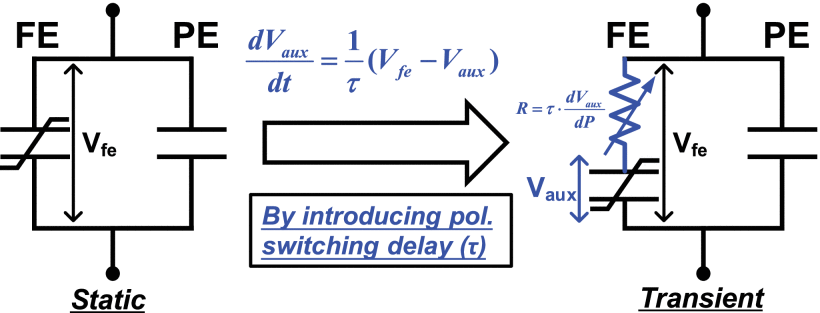
Negative Capacitance Field Effect Transistors
Physics, Design, Modeling and Applications
Pages 63 Color & 7 B/W Illustrations
ISBN 9781032445311 176 Sept. 29, 2023 by CRC Press
Description
This book aims to provide information in the ever-growing field of low-power electronic devices and their applications in portable device, wireless communication, sensor, and circuit domains. Negative Capacitance Field Effect Transistor: Physics, Design, Modeling and Applications, discusses low-power semiconductor technology and addresses state-of-art techniques such as negative-capacitance field-effect transistors and tunnel field-effect transistors. The book is broken up into four parts. Part one discusses foundations of low-power electronics including the challenges and demands and concepts like subthreshold swing. Part two discusses the basic operations of negative-capacitance field-effect transistor (NC-FET) and Tunnel Field-effect Transistor (TFET). Part three covers industrial applications including cryogenics and biosensors with NC-FET. This book is designed to be one-stop guidebook for students and academic researchers, to understand recent trends in the IT industry and semiconductor industry. It will also be of interest to researchers in the field of nanodevices like NC-FET, FinFET, Tunnel FET, and device-circuit codesign.
Table of Contents
Chapter 1 Recent Challenges in IT and Semiconductor Industry: From Von Neumann Architecture to the Future
Young Suh Song, Shiromani Balmukund Rahi, Navjeet Bagga, Sunil Rathore, Rajeewa Kumar Jaisawal, P. Vimala, Neha Paras, K. Srinivasa Rao
Chapter 2 Technical Demands of Low-Power Electronics
Soha Maqbool Bhat, Pooran Singh, Ramakant Yadav, Shiromani Balmukund Rahi, Billel Smaani, Abhishek Kumar Upadhyay, Young Suh Song
Chapter 3 Negative capacitance Field Effect Transistors: Concept and Technology
Ball Mukund Mani Tripathi
Chapter 4 Basic Operation Principle of Negative Capacitance Field Effect Transistor
Malvika, Bijit Choudhuri, Kavicharan Mummaneni
Chapter 5 Basic Operational Principle of Anti-ferroelectric Materials and Ferroelectric Materials
Umesh Chandra Bind, Shiromani Balmukund Rahi
Chapter 6 Basic Operation Principle of Optimized NCFET: Amplification Perspective
S. Yadav, P.N Kondekar, B. Awadhiya
Chapter 7 Spin Based Magnetic Devices With Spintronics
Asif Rasool, Shahnaz kossar, R.Amiruddin
Chapter 8 Mathematical Approach for Future Semiconductor Roadmap
Shiromani Balmukund Rahi,Abhishek Kumar Upadhyay, Young Suh Song, Nidhi Sahni, Ramakant Yadav, Umesh Chandra Bind,Guenifi Naima,Billel Smaani,Chandan Kumar Pandey,Samir Labiod, T.S. Arun Samul,Hanumanl Lal, H. Bijo Josheph
Chapter 9 Mathematical Approach for Foundation of Negative Capacitance Technology
Shiromani Balmukund Rahi,Abhishek Kumar Upadhyay, Young Suh Song, Nidhi Sahni, Ramakant Yadav, Umesh Chandra Bind,Guenifi Naima,Billel Smaani,Chandan Kumar Pandey,Samir Labiod, T.S. Arun Samul,Hanumanl Lal, H. Bijo Josheph



